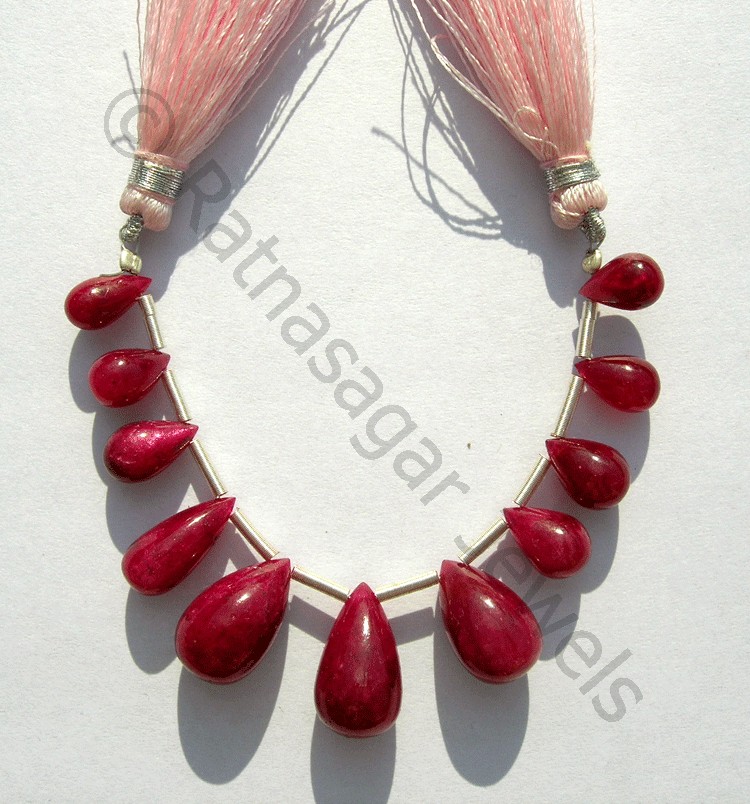Earth is home to some of the rarest known gemstones, but most of them owe their existence to homely terrestrial conditions that evolved over a period spanning billions of years. Diamonds and ruby gemstones are widely accepted as gemstones that exist in the Earth’s crust.

Owing to the rarity, space gemstones are costly assets and often exhibited in restricted shows. Peridot is one of those gemstones that owe their existence to extra-terrestrial collisions and meteorite showers.
Let us dig out more about peridots.
Why peridot?
French named the stone as “peritot” meaning “gold”. Local dialects diluted the word to Peridot. Often considered as a part of stardust, peridots found on Earth are extracted from deepest mines. The one dug out from the earth’s crust is actually olivine. Peridot on Earth is an olivine with high percentage of magnesium. Another famous variety of peridot is forsterite that has no explainable origin. This is the gemstone that scientists believe owes its origin to collisions and meteor showers.
Sources of peridot:
Signature peridot gemstones are mined from St. John’s Island or Zabargad (Egypt) and San Carlos Apache Reservation, Arizona (USA).
Peridots on moon and Mars:
Dust collected from Moon and Mars share a similar timeline as those found on Earth. More or less, Peridot gemstones found on Earth, moon and Mars have the same origin, which proves that these planets and satellite were created around the same time.
Asteroids crashing onto the surface of the Earth carried gemstone predecessors. Peridot from space were pushed into the deep pockets, and time played its role in turning them into brilliant rocks. Due to tectonic movement and volcanic activity, oldest known peridots are snorted out.
The love for peridot:
What is diamond to the world today, Peridot meant to Egyptians and Babylonians. Mini-sized Peridots were cut and placed on the armour and crowns of pharaohs. Tombs and mausoleums were decorated with peridot of all shapes and colours. Called the “Ra stone” or the “Sun stone”, peridot has a blazing yellow green colour.
Peridot as a gemstone is loved because of its:
- Sparkling colour
- Chatoyant effect with mottled clarity
- Oval, emerald cuts and cushion cuts
- Carat size ranging between 25 ct. and 50 ct.
The finishing touch:
Peridot has good hardness raking 7 on Mohs scale. It can be easily cut to smaller carat sizes using corundum and diamond saws. It is susceptible to fracture due to intense heat treatment and brutal force.
Peridot is often treated with iron oxide (ferric) to achieve the legendary yellow green shade. The intensity makes the gemstone stable in diffused light. Peridot is one of the few gemstones exhibiting chatoyancy and double refraction. The double refraction reveals the two pavilion facets distinctly, even when observed with naked eyes.
In recent years, there have been remarkable surge in a special category of gemstones called “pallasites”. Pallasites or space gemstones as they are known among gemologists have a special place of reckoning among gemstone collectors.
c5389782-e649-418a-9df3-2ff9dd5b09dc|0|.0|27604f05-86ad-47ef-9e05-950bb762570c
Tags
: Ruby Gemstone . Ruby Gem . Ruby Faceted Beads . Ruby Gemstone Supplier . Wholesale gemstone beads